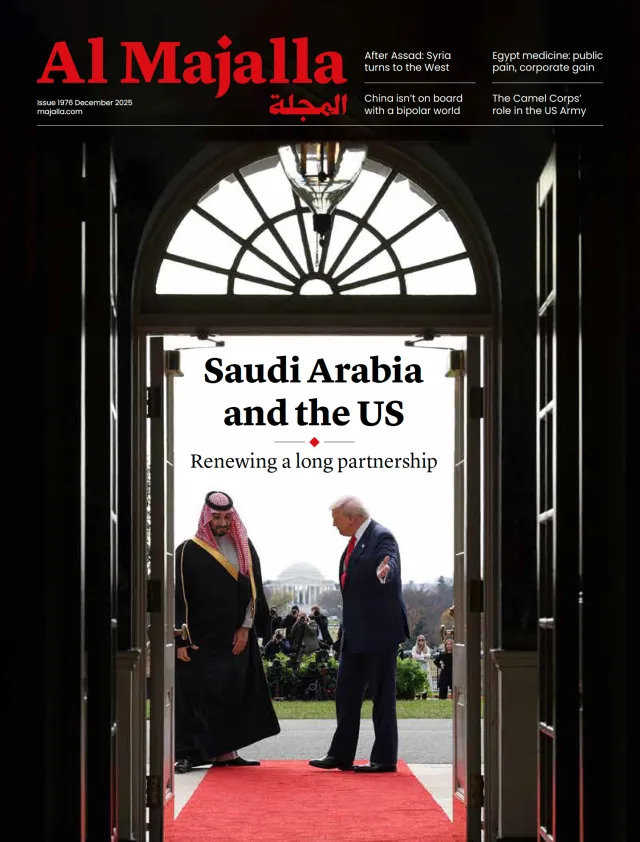"What is the rate of the dollar today?" This question has become one of the most frequently asked on the streets of Damascus and throughout Syria. The swift fluctuations in the Syrian lira's value against the US dollar have transformed this query from a simple curiosity into a pressing national concern that demands consistent tracking.
During my recent visit to Syria, the lira's value experienced dramatic swings, with rates fluctuating by more than 30% within just a few days. This ongoing instability has left many citizens alarmed and wondering how to protect themselves from its effects.
At the heart of this crisis lies a critical shortage of liquidity in the Syrian lira, a predicament worsened by the Central Bank's restrictive policies on bank accounts. Although these measures have temporarily boosted the lira to values not seen in years, they have come at a steep price: the erosion of purchasing power and a severe contraction in market activity.
The widespread effects of these policies have sparked an outcry among both citizens and economists, who find the government's approach at odds with its professed goals of revitalising the local economy and attracting much-needed investment. As Syria navigates this turbulent financial landscape, many are left wondering how long the current instability will persist and at what cost.
Currency instability
While the official exchange rate hovers around 13,000 Syrian lira to the dollar, the actual rates in the parallel market have experienced extraordinary volatility. In this shadow market, the value of the dollar recently plummeted from approximately 12,000 Syrian lira to around 7,500 before experiencing a slight rebound. Even so, it continues to witness substantial near-daily fluctuations, standing 20-35% lower than the official rate, leaving many questioning the true value of their currency and their savings.




